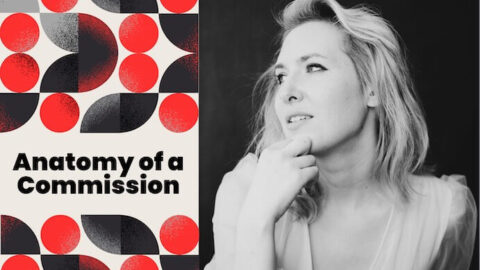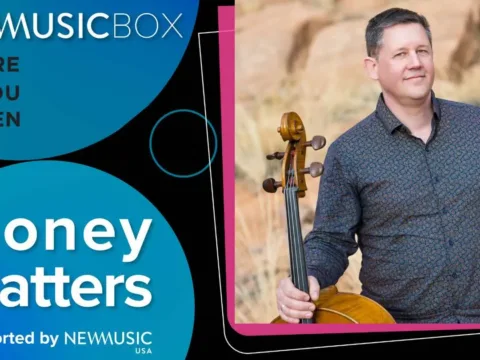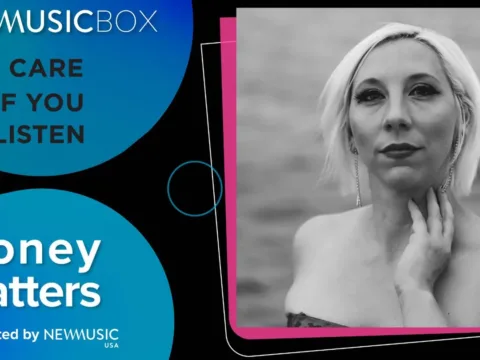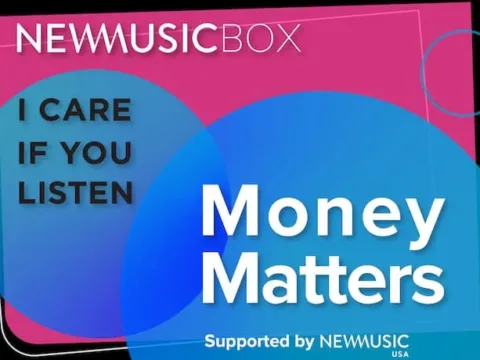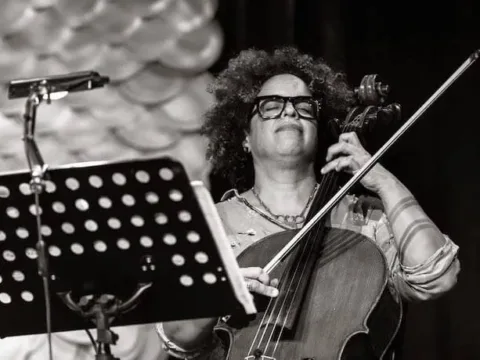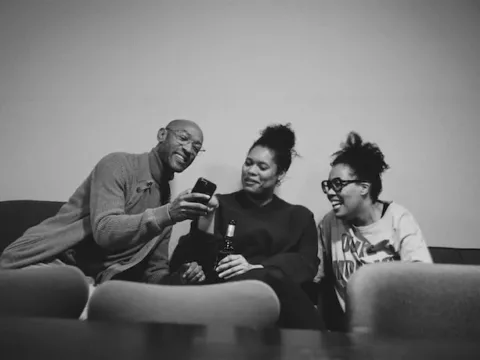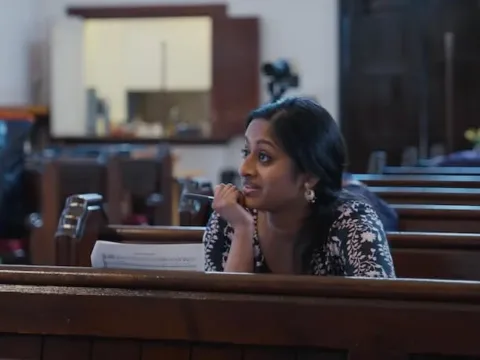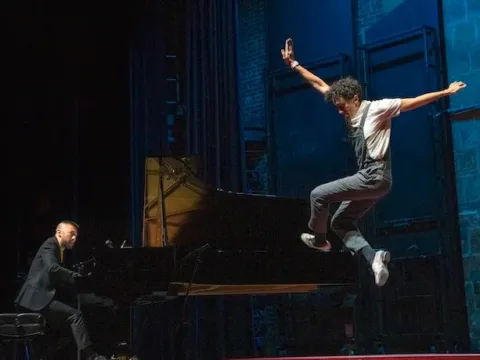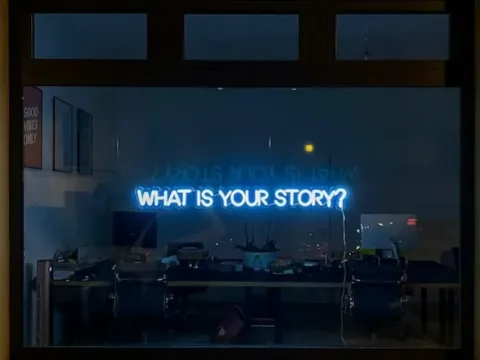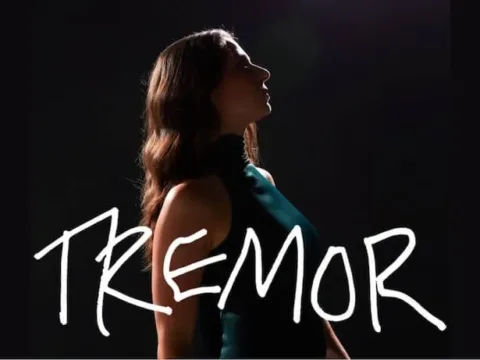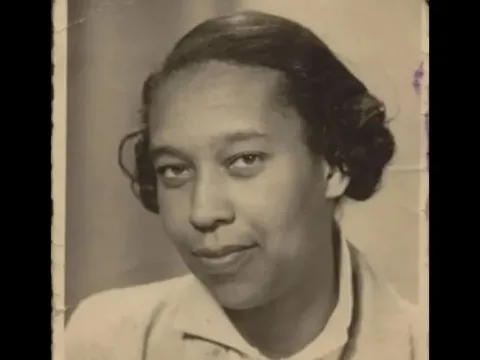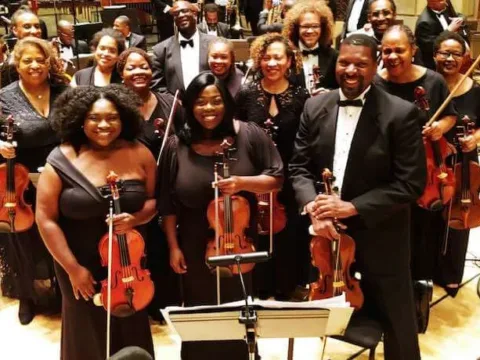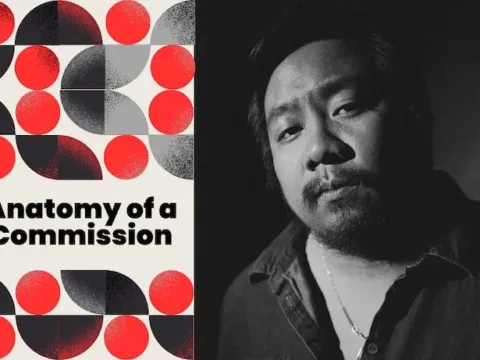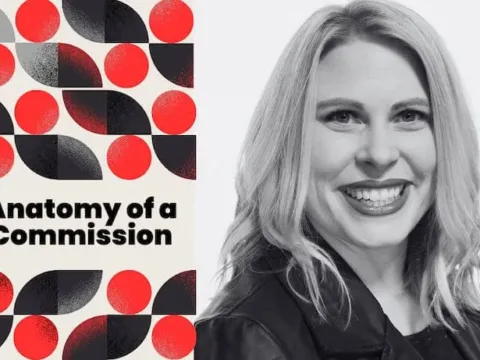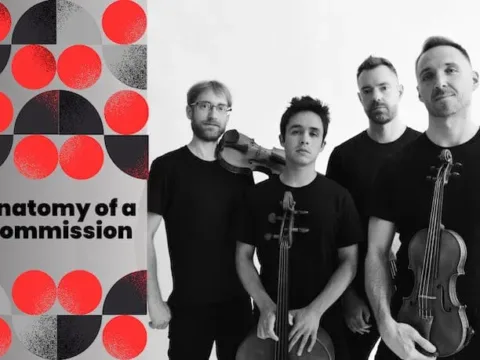Designed for both music creators and their collaborators, “Anatomy of a Commission” is a digital resource that aims to increase transparency about the commissioning process. For more information about the initiative, visit American Composers Forum’s website.
As a composer, I’ve had many life-changingly beautiful memories writing for orchestras, alongside plenty of humble-and-stumble experiences. At this level of art-making and business, we’re dealing with a mix of probably-outdated practices of interaction, shot-in-the-dark fee expectations, unnecessarily tense contract-negotiations, and some amount of chaos in understanding what happens between delivery of score + parts and the show getting on the road. So let’s unpack these issues and joys and see how all of this looks from the composer’s side of the street.
WHY COMMISSION A NEW PIECE IN THE FIRST PLACE?
The decision to commission a piece often comes from either the orchestra’s Music Director or the Executive team. As a whole, it seems like orchestras need less and less of a reason to justify the expense and effort of working with a living composer, though many of the orchestras I’ve worked with have commissioned pieces to celebrate a specific person, mark an important moment in history, or raise awareness on a subject.
BUDGET
When approaching a composer about a project, you can start your collaboration off on the right foot by being upfront about your budget. This is a conversation between artistic parties, and you’re negotiating a months- or even years-long commitment from the composer.
Too often, ensembles will come to a composer with a very clear idea of what they want from the piece in terms of length, theme, instrumentation, and concert date, but don’t disclose their budget — which determines how much time a composer can spend on this project, and how much of the proposed wishlist they can effectively deliver.
Actionable Advice:
Be transparent from the beginning and tell composers your budget before the composer has to ask you.

COMMISSION COSTS
Why does it cost anywhere between $8,000-$100,000 to commission an orchestral piece from a professional composer? Let’s talk about it.
Self-employed classical music composers don’t really have a union to rely on when it comes to having predetermined or negotiated fee standards. However, several respected organizations provide fee schedules and calculators on their websites that give commission fee ranges based on instrumentation, piece length, and where the composer is in their career. The fees quoted on the New Music USA Commissioning Calculator are now more than a decade old, so this should be considered a bare minimum starting point for both parties.
An orchestral piece may be 20 minutes in length, consist of a 100 page score, and have taken several months to write, including engraving and part extraction and preparation. It also involved:
- Making decisions for every single one of those many thousands of notes: the pitches, the articulations, the dynamic shaping, the orchestration…
- Mental bowing flowcharts for the strings — if I want them to have repeated downbows by bar 27, how do I slur the melody from bar 24 so that bar 26 ends on an up bow and they’re at the frog, ready for some persuasively potent pesante?
- Breathing simulations for the winds — do I dovetail the trumpet melody so that it can be longer than a reasonable performer’s breath capacity, or would the principal trumpet seethe at sharing that sublime solo?
- A formidable amount of problem solving — how can I make the cellos sound fabulous and feisty without tiring them out unnecessarily with another ten minutes to go before intermission?
Actionable Advice:
Do a google search for “composer commission fee” or phone a (composer) friend and ask about what fees they would expect in a comparable situation.
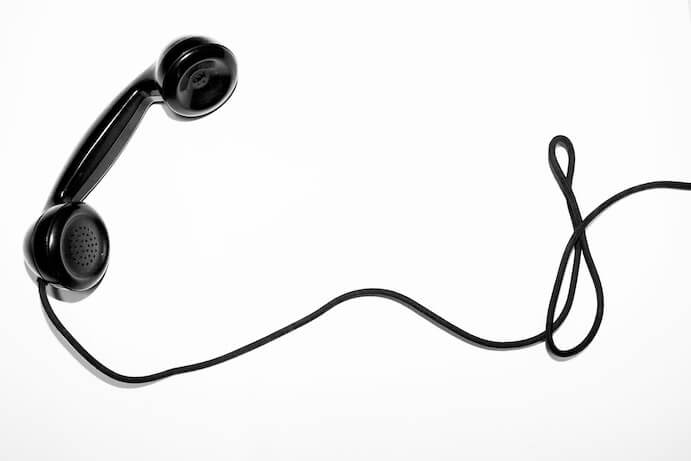
EXTRA COSTS
Full-time composers are often self-employed, so it’s essential to be realistic about how many hours of planning and meetings are expected over the course of our work together.
Questions to ask yourself:
- Are you planning to include the composer in a series of supporter soirées, pre-concert talks, and lectures?
- Do these activities require multiple hour-long brainstorming meetings on Zoom?
- Will you be asking the composer to create content for social media, such as videos introducing and explaining the piece as part of your concert countdown campaign?
Actionable advice:
Prior to contract negotiations, estimate the hours you need from the composer outside of writing the music. Even small tasks add up quickly and can result in a significant amount of work outside of the commission contract.
CONTRACTS
A contract is a sign of respect between collaborators. Personally, I am not comfortable starting a commission before the contract is in place and feel that it’s not equitable to expect composers to start writing before an agreement is established.
Contracts can often take a while to negotiate, but should include the specifics of the piece (instrumentation, length, timeline), and the fee schedule (99 times out of 100, this should be 50% of the fee paid upon the signing of the contract, and the final 50% paid upon receiving of score and parts). Composers may have their own contract language ready to go, though ensembles may also wish to supply their own contract for editing/negotiating/approval.
Other important components of contracts include:
Exclusivity clauses: This determines the period of time the commissioning ensemble has to perform the piece before it’s made available to anyone else. It can often be in both the composer’s and the ensemble’s best interest to waive exclusivity as soon as the planned performances are done, since this is a crucial moment in the piece’s Premiere After-Life: this is when other music directors are taking notice of the piece and asking us about when they can program it with their own ensemble.
Synchronization Rights: This is often a separate contract altogether, which allows the ensemble to purchase the permission to stream the piece, post it on YouTube, have it on their website for a year or for all time, etc.
Mechanical Rights: These refer to what permissions an orchestra has to create and produce a commercial recording of the piece. In most cases, my contracts will simply state that if an orchestra wishes to produce a commercial recording, a separate mechanical rights contract will be negotiated at that time.
No composer should be put in a situation where they have to choose between boundaries and future opportunities.
POWER DYNAMICS WITH CONDUCTORS
I have to mention interactions with conductors because I’m speaking as a 32-year-old woman in a world where the old way of doing business hasn’t fully died out yet. Tactfully changing the subject or ignoring inappropriate comments from people who have the last word in whether I get hired in the first place (let alone get hired again in the future) has unequivocally been the most arduous and exhausting part of my job.
Having professional boundaries should be a given, but conductors probably shouldn’t text or call composers after they’ve been drinking, or after business hours.
This is one of those imbalances-of-power situations that we have been hearing a lot about over the last four years. We’re all human and have all experienced difficult things, but no composer should be put in a situation where they have to choose between boundaries and future opportunities.
INTERACTIONS WITH MUSICIANS
When pieces like Don Juan or Rite of Spring are on the concert docket, it’s a big deal but not a practicing emergency. Why? Those ludicrously technical passages have held a permanent position on musicians’ home music stands since they auditioned for youth orchestra. We Current Classical Composers do not have this same luxury, and conductors can help set the tone about respect towards new music and the people involved in creating it.
In the rare but devastating case when musicians are unprepared, chances are high that the piece will sound the way a tin of expired cookies tastes. All music will sound like this if it’s being sight-read for the first time, but it reflects especially poorly on new music.
Upon receiving the parts for a brand new piece, it’s normal for the performers to have questions! And composers are happy to field those questions. The best case scenario is to have all questions compiled in an email or two so that composers can submit answers efficiently and in writing.

WISHLIST
As the industry evolves and commissioning becomes par for the orchestral course once again – and allowing for the fact that most good things take extra time and money – the following are some low-hanging fruit for better connected and more successful orchestra + composer relationships.
Meeting the Orchestra + Community Ahead of Time: My last business trip before Covid was a week in Casper, Wyoming. I got to meet the members of the Wyoming Symphony Orchestra and hear them rehearse and play a concert. I gave a talk about being a composer at a local middle school; I was taken on a road trip up to Cody, Wyoming so that I could become acquainted with a good swath of its land and history; and I attended meetings with local historians that the Executive Director had set up for me so that I could be introduced in a deep way to the people I would be writing about.
Recorded Reading: With many necessary tweaks becoming obvious within the first run-through or two of a new piece, a recorded reading of the final draft for us to study and use to make any necessary modifications would be an absolute boon to the final version of the work being its best self at the premiere performance.
Taking Time to Smell the Roses: Moments writing music/playing in rehearsal may feel plodding at times, but then you blink and it’s concert night — and then it’s time to pack up, drive home, and face the quiet.
Let’s do the only and best thing we can do: take time to smell the roses while we’re in medias res. This means:
- Taking the time to send program notes to subscribers ahead of time – appreciation is a function of exposure!
- Send press releases about this new commission of yours to local newspapers (getting classical music on the front page is always such a win for the home team!)
- Make sure your social media team knows to tag the composer in every post about us so that we can easily share it with our audiences, too.
I hope that this little dossier helps us all create together with a little less friction and a little more fun, so that we all — orchestra members, composers, conductors, orchestra staff, in-person audiences, and internet audiences alike — can adequately share in the fanfare and frippery of this absolutely enchanting, absolutely human art form we’ve decided to all dedicate our short lives to furthering.
Anatomy of a Commission is a program of the American Composers Forum and is supported, in part, by a grant from the National Endowment for the Arts. Additional support is provided by Augusta Gross and Leslie Samuels, Rob Mason, and the Virginia B. Toulmin Foundation.
I CARE IF YOU LISTEN is an editorially-independent program of the American Composers Forum, and is made possible thanks to generous donor and institutional support. Opinions expressed are solely those of the author and may not represent the views of ICIYL or ACF.
You can support the work of ICIYL with a tax-deductible gift to ACF. For more on ACF, visit the “At ACF” section or composersforum.org.
